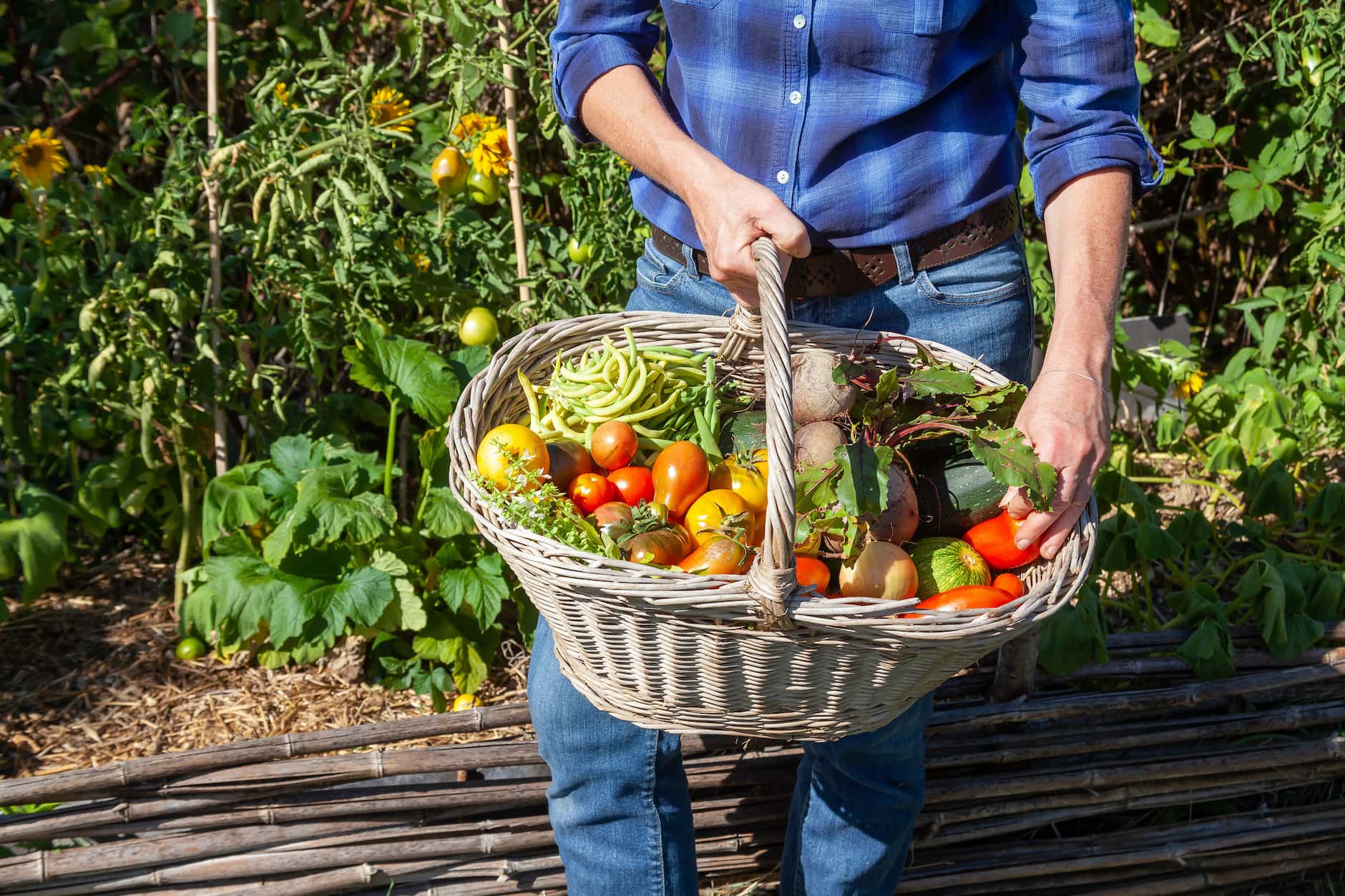

Articles
How To Store Garden Vegetables
Modified: February 24, 2024
Learn the best techniques to store your garden vegetables for long-lasting freshness. Read our articles for helpful tips and recommendations.
(Many of the links in this article redirect to a specific reviewed product. Your purchase of these products through affiliate links helps to generate commission for Storables.com, at no extra cost. Learn more)
Introduction
Welcome to the world of gardening! If you’re passionate about growing your own vegetables, congratulations! There’s nothing quite like the satisfaction of harvesting fresh produce from your own backyard. But what do you do with all those bountiful vegetables after you’ve picked them? Proper storage is key to preserving their flavor and nutritional value.
In this article, we’ll guide you through the process of storing garden vegetables to ensure they stay fresh and delicious for as long as possible. From root vegetables to leafy greens, tomatoes to squashes, onions to herbs, we’ll cover a wide range of vegetables and the best practices for storing each.
Before we dive into the specifics of vegetable storage, it’s important to understand the factors that contribute to their deterioration. Vegetables continue to respire even after they’ve been harvested, meaning they release carbon dioxide and moisture. To slow down this process, it’s crucial to create the right storage environment with optimal temperature, humidity, and air circulation.
Another important aspect of vegetable storage is determining which vegetables are suitable for long-term storage. Some vegetables, like tomatoes and peppers, have a shorter shelf life and are best enjoyed soon after harvesting. On the other hand, root vegetables and leafy greens can be stored for several months with the right conditions.
Proper storage not only extends the lifespan of your vegetables but also allows you to enjoy their flavors and nutrients throughout the year. So let’s get started and discover the best methods for storing your garden vegetables!
Key Takeaways:
- Maximize the freshness and flavor of your garden vegetables by following specific storage guidelines for each type of produce. From root vegetables to berries, proper storage ensures extended enjoyment of your homegrown harvests.
- Reduce food waste and savor the goodness of your produce year-round by implementing storage tips such as moisture control, ventilation, and regular inspection. With attention to storage, enjoy fresh, flavorful fruits and vegetables for an extended period.
Read more: How To Store Fresh Garden Carrots
Choosing the Right Vegetables for Storage
When it comes to storing garden vegetables, not all vegetables are created equal. Some are better suited for long-term storage, while others are best enjoyed fresh. To ensure that your vegetables have a good shelf life, it’s important to choose the right ones to store.
Root vegetables such as carrots, beets, and potatoes are excellent candidates for storage. These hardy vegetables have a protective outer layer that helps preserve their freshness. They can be stored in a cool, dark place with adequate ventilation to prevent sprouting and decay.
Leafy greens like lettuce, spinach, and kale have a shorter shelf life compared to root vegetables. These delicate vegetables are best stored in the refrigerator, preferably in airtight containers or plastic bags to retain their moisture. It’s important to remove any yellow or wilted leaves before storing them to ensure maximum freshness.
Hardy vegetables such as cabbage and Brussels sprouts can also be stored for an extended period. These vegetables have a thick outer layer that protects them from moisture loss. Remove any damaged or discolored outer leaves before storing them in a cool environment.
Tomatoes and peppers, on the other hand, have a shorter shelf life compared to root vegetables and leafy greens. These vegetables are best enjoyed fresh or used in cooking immediately after harvesting. If you have an abundance of tomatoes and peppers, it’s a good idea to preserve them by canning or freezing for later use.
When choosing the vegetables for storage, select those that are free from blemishes, cuts, or bruises. Any damaged vegetables are more likely to spoil quickly and can affect the quality of neighboring vegetables.
In addition to the type of vegetable, consider the ripeness at harvest. Some vegetables, such as green tomatoes, are best stored when they are still slightly underripe. On the other hand, certain vegetables like peppers and eggplants should be fully ripe before storage.
By carefully selecting the right vegetables for storage and ensuring they are in good condition at harvest, you’ll have a greater chance of successfully preserving them for future use. This will ultimately save you money and allow you to enjoy your homegrown produce all year round.
Harvesting and Preparing Vegetables for Storage
Proper harvesting and preparation are essential steps in ensuring the longevity of your garden vegetables in storage. Harvesting at the right time and handling the vegetables correctly will help preserve their quality and flavor. Here are some tips to follow:
1. Timing is Key: Harvest vegetables at their peak ripeness. Each vegetable has its own optimal harvesting time, so do some research or consult gardening resources to determine the best time to harvest. For example, leafy greens like lettuce and spinach are best picked when the leaves are young and tender, while root vegetables should be harvested when they have reached their full size.
2. Handle with Care: Treat your vegetables gently to avoid damage and bruising. Use a sharp knife or pruning shears to cut vegetables from the plant, rather than pulling or twisting them, which can cause unnecessary stress and damage. Be mindful of the stems and leaves, as they can be easily bruised or broken.
3. Remove Excess Dirt: After harvesting, gently remove excess dirt from the vegetables. However, it’s important not to wash them unless necessary, as moisture can promote spoilage. Instead, gently brush off any loose dirt with a soft brush or cloth. Leave a thin layer of soil on root vegetables to provide a protective barrier during storage.
4. Cure and Dry if Needed: Some vegetables, like onions and garlic, benefit from a curing process. Curing involves allowing the vegetables to dry in a warm, well-ventilated area for a period of time. This helps them develop a protective outer layer and improves their storage life. Follow specific guidelines for each vegetable to ensure proper curing.
5. Sort and Discard Damaged Vegetables: Before storing, carefully inspect your harvested vegetables. Remove any damaged or diseased ones, as they can spoil quickly and affect neighboring vegetables. Sort vegetables by size and ripeness to help with rotation during storage, ensuring that the first harvested vegetables are used first.
6. Temperature and Humidity Control: Different vegetables have different temperature and humidity requirements for storage. Generally, most vegetables prefer cool temperatures between 32°F and 50°F (0°C to 10°C) and moderate humidity levels of around 80-90%. However, there are exceptions, so it’s important to research the specific requirements for each vegetable.
7. Storage Containers: Choose appropriate containers for different vegetables. Some vegetables, like potatoes, prefer breathable containers such as burlap or mesh bags to allow for proper air circulation. Others, like leafy greens, benefit from airtight containers or plastic bags to retain moisture. Label the containers with the vegetable name and harvest date for easy identification.
By following these tips for harvesting and preparing your vegetables for storage, you’ll maximize their shelf life and preserve their quality. This will ensure that you can enjoy the fruits of your labor for weeks or even months after harvesting.
Ideal Storage Conditions for Garden Vegetables
Creating the ideal storage conditions for garden vegetables is crucial in preserving their freshness, flavor, and nutritional value. These conditions include temperature, humidity, and air circulation. Let’s explore each of these factors:
1. Temperature: Most garden vegetables prefer cool temperatures for storage, typically between 32°F and 50°F (0°C to 10°C). This temperature range slows down the respiration process, ensuring that the vegetables stay fresh longer. Avoid storing them in areas that are too cold, as freezing temperatures can damage the texture and taste of the vegetables. On the other hand, storing them in warm temperatures will lead to quicker spoilage.
2. Humidity: Proper humidity levels play a crucial role in maintaining the texture and moisture content of vegetables. The ideal humidity range for most vegetables is around 80-90%. High humidity helps prevent moisture loss, while low humidity can cause shriveling and wilting. To maintain the desired humidity, you can use trays or containers with damp towels or place open containers of water near the stored vegetables. Be mindful of excess moisture, as it can promote mold and rot.
3. Air Circulation: Good air circulation is essential for preventing the buildup of ethylene gas and controlling moisture levels. Ethylene gas is released naturally by ripening fruits and can accelerate the spoilage process of vegetables. Ensure that the storage area has adequate ventilation to allow for proper air circulation. Avoid overcrowding vegetables, as it can restrict airflow and lead to increased moisture buildup.
4. Light Exposure: Most garden vegetables prefer dark storage conditions, as exposure to light can cause loss of color, nutrient degradation, and sprouting. Store vegetables in a dark place or cover them with a cloth or paper bag to protect them from light. However, there are exceptions to this rule. For example, onions and garlic prefer to be stored in a dry, well-ventilated area with some exposure to light to prevent sprouting.
5. Check for Ripening: Regularly check your stored vegetables for any signs of ripening or spoilage. Remove any overripe or decaying vegetables to prevent the spread of mold and rot. Inspect them for any soft spots, mold growth, or foul smells, as these indicate spoilage.
6. Rotation: To ensure that your vegetables are used before they spoil, practice rotation. Use the first harvested vegetables first and store the newer ones for later use. This prevents the accumulation of older vegetables that may be more prone to spoilage.
By maintaining these ideal storage conditions, you can extend the shelf life of your garden vegetables and enjoy their freshness for an extended period. Remember to regularly monitor and adjust these conditions as needed to keep your vegetables in optimal storage conditions. With proper care, you’ll be able to savor the flavors of your garden harvest for months to come.
Storing Root Vegetables
Root vegetables, such as carrots, beets, potatoes, and onions, are excellent candidates for long-term storage due to their durability and ability to withstand cool temperatures. Proper storage helps retain their freshness, flavor, and nutritional value. Here are some guidelines for storing root vegetables:
1. Remove Excess Soil: Before storing root vegetables, gently brush off any excess soil or dirt. Avoid washing them, as moisture can lead to spoilage. Leave a thin layer of soil on the vegetables, as it acts as a protective barrier during storage.
2. Separate for Storage: To prevent rot and decay, store each type of root vegetable separately. This is especially important if you have different varieties of potatoes or onions, as they may have different storage requirements.
3. Cool and Dark Environment: Root vegetables prefer cool temperatures between 32°F and 50°F (0°C to 10°C). Find a cool, dark place in your home or basement to store them. Ideally, the storage area should have good ventilation to prevent moisture buildup.
4. Consider Humidity: While root vegetables generally prefer higher humidity levels, it’s important to strike a balance. Too much moisture can lead to rot, while too little can cause shriveling. Aim for a humidity range of 80-90% by using trays or containers with damp towels or placing open containers of water nearby.
5. Check for Spoilage: Regularly inspect stored root vegetables for any signs of decay or spoilage. Remove any damaged or rotting vegetables to prevent the spread of mold. Keep an eye on sprouting potatoes, as they release a natural gas called solanine which can be toxic if consumed in large quantities.
6. Be Mindful of Ethylene Gas: Some vegetables, like onions, produce ethylene gas, which can speed up the ripening process of neighboring vegetables. Keep onions separate from other root vegetables to avoid prematurely ripening them. Carrots and beets, on the other hand, are sensitive to ethylene gas and should be stored away from gas-releasing vegetables.
7. Use Proper Containers: Utilize breathable containers, such as burlap or mesh bags, for storing root vegetables like potatoes. These containers allow for air circulation while protecting the vegetables from light. For onions and garlic, you can store them in mesh bags or hang them in a cool, dry, and well-ventilated area.
By following these storage guidelines, you can extend the shelf life of your root vegetables and enjoy their freshness for an extended period. Properly stored root vegetables provide a valuable source of nutrition and are a great addition to your meals throughout the year.
Read more: How To Store Fresh Peppers From The Garden
Storing Leafy Greens
Leafy greens, such as lettuce, spinach, kale, and Swiss chard, are packed with nutrients and have a relatively short shelf life. However, with proper storage, you can extend their freshness and enjoy them for longer. Here’s how to store leafy greens:
1. Preparing the Greens: As soon as you harvest or purchase leafy greens, gently remove any damaged or wilted leaves. Rinse them under cool running water to remove any dirt or debris. Shake off excess water or use a salad spinner to dry them, but ensure they are not completely dry as some moisture is needed to maintain their crispness.
2. Wrap in Damp Towels: Place the leafy greens in a clean kitchen towel or damp paper towels. The moisture from the towels helps retain the greens’ moisture without making them soggy. Avoid using plastic bags or containers, as they can cause moisture buildup and lead to rot.
3. Store in the Refrigerator: Place the wrapped greens in the vegetable crisper drawer of your refrigerator. This drawer helps maintain a slightly higher humidity level, which is beneficial for leafy greens. Ensure that the drawer is not overcrowded, allowing for air circulation. If you have a large quantity of greens, consider dividing them into smaller portions and storing them in separate bags or containers.
4. Check and Refresh: Regularly check the stored greens for any signs of wilting or spoilage. If the towels have become too dry, dampen them lightly to refresh the moisture. Remove any leaves that have turned yellow or begun to decay to prevent the spread of mold.
5. Use Within a Few Days: Leafy greens are best consumed within a few days of harvesting or purchasing for optimal freshness. While they can last up to a week when properly stored, their quality may start to decline after several days. Plan your meals accordingly to make the most of your leafy greens.
6. Freezing Greens: If you have an abundance of leafy greens, you can also freeze them for longer storage. Blanch the greens in boiling water for a few seconds, then transfer them to an ice bath to stop the cooking process. Drain the blanched greens, pack them into airtight freezer bags, and store them in the freezer. Frozen greens are great for adding to soups, smoothies, or stir-fries.
By following these storage tips, you can maximize the shelf life of your leafy greens and enjoy their crispness and flavor for an extended period. Incorporating a variety of leafy greens into your diet provides numerous health benefits and adds vibrant colors and textures to your meals.
Storing Tomatoes and Peppers
Tomatoes and peppers are delicious garden crops that are best enjoyed fresh. However, if you find yourself with an abundance of these vibrant fruits, you may want to store them for longer-term use. While they have a shorter shelf life compared to some other vegetables, follow these guidelines to maximize their freshness:
1. Harvest at Peak Ripeness: For both tomatoes and peppers, harvest them when they are fully ripe or slightly underripe. This ensures that they have developed their flavors and will have a better chance of staying fresh during storage.
2. Inspect for Damage: Before storing, carefully examine each tomato and pepper for any signs of damage or bruising. Discard any fruits that have cuts or blemishes, as they can spoil quickly and affect the surrounding produce.
3. Separate from Other Fruits: Tomatoes and peppers produce ethylene gas, which can accelerate the ripening process of neighboring fruits and vegetables. To prevent premature ripening, store them separately from other produce.
4. Room Temperature Storage: Tomatoes and peppers are best stored at room temperature, around 55°F to 70°F (13°C to 21°C). Avoid refrigerating them as the cold temperatures can affect their texture and flavor.
5. Store Upside Down: To help prevent moisture loss, store tomatoes with their stem ends facing downward. This helps retain moisture in the fruit for a longer period of time.
6. Avoid Direct Sunlight: Keep tomatoes and peppers away from direct sunlight, as exposure to excessive light can cause them to ripen and spoil faster. Place them in a cool, dark area of your kitchen or pantry.
7. Check Regularly: Regularly inspect the stored tomatoes and peppers for any signs of ripening or spoilage. Remove any overripe or decaying fruits immediately to prevent the spread of mold or rot.
8. Freezing Method: If you have an abundance of tomatoes and peppers, consider freezing them for longer-term storage. Core tomatoes and blanch them in boiling water for a few seconds, then transfer them to an ice bath. Remove the skins, slice, and pack them into freezer-safe bags or containers. Peppers can be sliced and frozen directly without blanching.
While it’s best to consume tomatoes and peppers as fresh as possible, these storage techniques can help extend their usability. Remember, stored produce may not have the same texture and flavor as their freshly harvested counterparts, so it’s important to adapt your recipes accordingly. Enjoy the wonderful taste of summer with your homegrown tomatoes and peppers throughout the year!
Storing Squash and Pumpkins
Squash and pumpkins are versatile and nutritious vegetables that can be enjoyed in various dishes. If you have a surplus of these hearty crops, proper storage can help you enjoy them for an extended period. Follow these guidelines to make the most of your squash and pumpkins:
1. Harvesting: Harvest squash and pumpkins when their skins are firm and fully colored. The stem should be dry and intact. Be cautious not to damage the skin while harvesting, as any cuts or punctures can lead to spoilage during storage.
2. Curing: Before storing, it’s beneficial to cure the squash and pumpkins for a short period of time. This involves allowing them to sit in a dry, well-ventilated area with temperatures between 75°F and 80°F (24°C and 27°C) for about 10 to 14 days. Curing helps toughen the skin and enhances their flavor and texture.
3. Cleaning: Remove any dirt or debris from the squash and pumpkins using a soft brush or cloth. Be gentle to avoid damaging the skin. Do not wash them, as excess moisture can lead to decay.
4. Temperature and Humidity: Store squash and pumpkins in a cool, dry location with temperatures between 50°F and 55°F (10°C and 13°C). Avoid storing them in areas that are too cold or too warm, as extreme temperatures can affect their quality and shelf life. The humidity levels should be around 50-70%, which can help prevent shriveling and drying out.
5. Ventilation: Adequate airflow is essential for storing squash and pumpkins. Place them on a raised surface or on a bed of straw to allow air to circulate around them. This helps prevent moisture buildup and rot.
6. Storage Containers: If storing multiple squash or pumpkins, arrange them in a single layer to prevent them from touching or resting against each other. The containers should be clean, dry, and well-ventilated, preferably made of wood or lined with newspaper or cardboard to absorb excess moisture.
7. Check for Spoilage: Regularly check the stored squash and pumpkins for any signs of damage or spoilage. Look for soft spots, mold growth, or unpleasant odors, indicating that the vegetable is deteriorating. Remove any affected squash or pumpkins to prevent the spread of decay to the surrounding produce.
With proper storage, squash and pumpkins can last for several months, allowing you to enjoy their delicious flavors well beyond the harvest season. Whether you use them for savory dishes, soups, or delightful pumpkin pies, you’ll appreciate the taste of homegrown goodness throughout the year.
Storing Onions and Garlic
Onions and garlic are staples in many culinary dishes, providing flavor and aroma to a wide range of recipes. Proper storage is crucial for preserving their freshness and maximizing their shelf life. Here are some tips for storing onions and garlic:
1. Curing: After harvesting, cure onions and garlic to toughen their outer layers and improve their storage potential. Lay them out in a single layer on a dry surface in a cool, well-ventilated area for about two to three weeks. This drying process allows the necks of the plants to fully dry, preventing rotting during storage.
2. Remove Excess Soil: Before storing, gently remove any excess soil or dirt from the onions and garlic. Allow them to dry completely, brushing off any loose dirt. Do not wash them, as moisture can contribute to deterioration.
3. Air Circulation: Onions and garlic require good air circulation to prevent moisture buildup. Hang them in mesh bags, stocking, or in braided bunches in a cool, dry, and well-ventilated area. Avoid tightly packing them together, as this can restrict airflow and promote rotting.
4. Temperature and Humidity: Keep onions and garlic in a cool place with temperatures between 50°F and 60°F (10°C and 15°C). Avoid storing them in areas with high humidity or direct sunlight, as this can cause sprouting and spoilage. Aim for a humidity level around 65-70% to prevent excessive drying or moisture accumulation.
5. Separate Storage: Store onions and garlic separately, away from each other and other fruits and vegetables. They release gases that can cause neighboring produce to spoil quickly. By keeping them in a separate storage area or container, you can preserve their quality and extend their shelf life.
6. Check Regularly: Regularly inspect stored onions and garlic for any signs of rot or decay. Remove any affected bulbs immediately to prevent the spread of spoilage. It’s normal for some outer layers to dry out, but the inner layers should remain firm and intact.
7. Storage Containers: If braiding or hanging is not feasible, you can store onions and garlic in mesh or breathable bags. Alternatively, you can also use shallow trays or crates lined with newspaper or straw to absorb excess moisture and provide airflow.
Properly stored onions and garlic can last for several months, allowing you to have a steady supply of these essential ingredients for your cooking. Incorporate them into your favorite recipes and savor the enhanced flavors and aromas that come from these well-preserved bulbs.
Store garden vegetables in a cool, dark, and well-ventilated place to prolong their freshness. Avoid storing fruits and vegetables together, as fruits release ethylene gas that can cause vegetables to spoil faster.
Read more: How To Store Garden Vegetables Long-Term
Storing Herbs
Fresh herbs are a culinary delight, adding vibrant flavors and aromas to dishes. Whether you grow your own herbs or purchase them from the store, proper storage is important to maintain their freshness and preserve their flavors. Here are some tips for storing herbs:
1. Harvesting: Harvest herbs in the morning, after the dew has dried but before the heat of the day. This is when the oils in the herbs are most potent, ensuring the best flavor. Select herbs that are healthy and free from any signs of damage or disease.
2. Freshness: Use herbs as soon as possible after harvesting for the best flavor and aroma. If you’re unable to use them immediately, store them properly to extend their lifespan.
3. Handling: Handle herbs gently to avoid bruising or damaging the leaves. Avoid washing the herbs before storing, as excessive moisture can cause them to deteriorate more quickly.
4. Storing in Water: Some herbs, like basil, mint, and parsley, stay fresh longer when stored in water. Trim the ends of the stems and place them in a glass or jar filled with an inch of water. Cover the herbs loosely with a plastic bag and store them in the refrigerator. Change the water every few days to prevent bacterial growth.
5. Dry Storage: Drying is a common method to preserve herbs. Bundle together a small bunch of herbs and secure the stems with a string or rubber band. Hang the bundles upside down in a well-ventilated area away from direct sunlight. Once the herbs are fully dry, remove the leaves from the stems and store them in airtight containers in a cool, dark place.
6. Freezing: Freezing is another option for preserving herbs. Chop or mince the herbs and place them in ice cube trays. Fill the trays with water or olive oil, then freeze them. Once frozen, transfer the herb cubes to a freezer-safe container or bag. Use frozen herbs directly in cooking or thaw them before use.
7. Storing Seeds: If you harvest herbs for their seeds, such as coriander or fennel, allow the seed heads to fully dry on the plant. Once dried, store the seeds in airtight containers in a cool, dark place until ready to use.
8. Check Regularly: Regularly inspect stored herbs for any signs of decay or mold. Remove any damaged leaves or herbs that have spoiled to prevent further contamination.
Properly stored herbs can maintain their flavor and aroma for an extended period. Experiment with various storage methods to find the one that suits your needs and preferences. Whether dried, frozen, or stored in water, having a variety of herbs on hand will elevate your culinary creations to new heights.
Storing Potatoes
Potatoes are a versatile and beloved vegetable that can be stored for extended periods, allowing you to enjoy their deliciousness throughout the year. Proper storage is crucial to preserve their flavor, texture, and nutritional value. Here are some tips for storing potatoes:
1. Harvesting: Harvest potatoes when the vines have died back and the skins are firm. Gently dig up the potatoes from the soil, being careful not to damage them during the process. Avoid washing them immediately after harvest, as moisture can lead to spoilage.
2. Curing: After harvesting, it’s important to cure potatoes for about 1-2 weeks in a cool, dark, and well-ventilated area. This allows the skins to toughen and any minor cuts or bruises to heal. Curing helps prolong the storage life of potatoes and enhances their flavor.
3. Sort and Separate: Before storing, sort through your potatoes and separate any damaged or diseased ones. Discard any potatoes with soft spots, cuts, or blemishes, as they can spoil quickly and affect the quality of neighboring potatoes.
4. Cool and Dark Storage: Potatoes should be stored in a cool, dark place with temperatures between 45°F and 55°F (7°C and 13°C). Avoid storing them in areas that are too cold, as this can lead to the conversion of starches to sugars, affecting the taste and texture of the potatoes. Excessive heat or exposure to light can cause sprouting and greening.
5. Ventilation: Proper air circulation is essential for storing potatoes. Ensure that the storage area allows for good ventilation to prevent moisture buildup and the growth of mold. Store potatoes in a loosely woven bag, open basket, or slatted box to promote air circulation.
6. Check Regularly: Regularly inspect stored potatoes for any signs of sprouting, softening, or decay. Remove any sprouting or spoiled potatoes promptly to prevent the spread of spoilage.
7. Separate From Onions and Apples: Potatoes release ethylene gas, which can cause onions and apples to spoil quickly. Store potatoes away from these fruits to prevent premature spoilage.
8. Avoid Washing: Do not wash potatoes before storing them, as moisture can contribute to spoilage. Instead, gently brush off any excess dirt with a soft brush or cloth. Leave a thin layer of soil on the potatoes, as it acts as a natural protective barrier.
By following these guidelines, you can extend the shelf life of your potatoes and savor their earthy flavors for several months. Enjoy the versatility of this beloved vegetable in soups, stews, roasted dishes, and so much more throughout the year!
Storing Carrots and Beets
Carrots and beets are root vegetables that offer a burst of color, sweetness, and nutrients to your meals. These versatile vegetables can be enjoyed year-round, thanks to proper storage techniques that help maintain their freshness and flavor. Here’s how to store carrots and beets:
1. Harvesting: Harvest carrots and beets when they have reached the desired size. Gently loosen the soil around the base of the plants and carefully lift the vegetables out of the ground. Trim off the tops, leaving about an inch of stem on the vegetables.
2. Remove Excess Soil: Before storing, gently brush off any excess soil or dirt from the carrots and beets. Avoid washing them, as moisture can lead to spoilage. Leaving a thin layer of soil on the vegetables helps maintain their freshness and prevents moisture loss.
3. Separate Tops from Roots: Remove the tops (leafy greens) from the carrots and beets. The tops can draw moisture and nutrients from the roots, causing them to lose their crispness. However, if you plan to use the greens, you can store them separately in a plastic bag with some moisture.
4. Storage Containers: Use breathable containers like perforated plastic bags, burlap sacks, or wooden crates for storing carrots and beets. These containers allow for proper air circulation, preventing moisture buildup and the growth of mold.
5. Temperature and Humidity: Carrots and beets prefer cool temperatures between 32°F and 40°F (0°C and 4.4°C) with high humidity levels. A refrigerator is an ideal place to store them. If storing in the refrigerator, place the carrots and beets in a perforated plastic bag or an airtight container lined with a damp paper towel to maintain moisture.
6. Check Regularly: Regularly inspect stored carrots and beets for any signs of spoilage or decay. Remove any soft or moldy vegetables to prevent their spread to others. Carrots that appear dry can be revived by soaking them in water for a few hours before use.
7. Storage Location: Store carrots and beets in a cool, dark place if a refrigerator is not available. The storage area should be well-ventilated and away from direct sunlight or heat sources.
By following these storage guidelines, you can enjoy the vibrant flavors and nutritional benefits of carrots and beets for an extended period. Incorporate them into salads, savory dishes, juices, or roasted creations whenever you desire a healthy and colorful addition to your meals.
Storing Cabbage and Brussels Sprouts
Cabbage and Brussels sprouts are delicious and nutritious vegetables that can be stored for an extended period, allowing you to enjoy them long after harvest. Whether you grow your own or purchase them, proper storage is key to preserving their crispness and flavor. Here’s how to store cabbage and Brussels sprouts:
1. Harvesting: Harvest cabbage and Brussels sprouts when the heads are firm and compact. Cut them from the stem using a sharp knife, leaving a few outer leaves intact to protect the core. Brussels sprouts should be harvested when they reach the desired size.
2. Remove Damaged Leaves: Before storing, remove any damaged or wilted leaves from the outer layer of the cabbage and Brussels sprouts. This prevents the spread of decay to the rest of the vegetables and helps keep them fresh.
3. Moisture Control: Moisture is the enemy when storing cabbage and Brussels sprouts. Excess moisture can lead to rotting, so it’s important to make sure the vegetables are completely dry before storing them.
4. Refrigeration Storage: Cabbage and Brussels sprouts should be stored in the refrigerator to maintain their freshness. Place them in a perforated plastic bag or wrap them loosely in a damp paper towel to provide some moisture and prevent wilting. Place the bag or wrapped vegetables in the vegetable crisper drawer, which has higher humidity levels, as it helps retain crispness.
5. Cool and Consistent Temperature: Cabbage and Brussels sprouts prefer cool temperatures ranging from 32°F to 40°F (0°C to 4.4°C). Ensure that the refrigerator temperature is set within this range to maintain their quality. Avoid storing them near the refrigerator’s cooling vents, as excessive cold air can cause damage.
6. Avoid Ethylene Gas: Cabbage and Brussels sprouts are sensitive to ethylene gas, which accelerates the ripening process and causes spoilage. Keep them separate from ethylene-producing fruits, such as apples, bananas, and tomatoes, to prevent premature wilting or decay.
7. Check Regularly: Regularly inspect stored cabbage and Brussels sprouts for any signs of spoilage. Remove any leaves or sprouts that show signs of rot or mold to prevent the spread of decay to the remaining vegetables.
By following these storage guidelines, you can extend the shelf life of your cabbage and Brussels sprouts and enjoy their crisp texture and delightful flavors. Use them in salads, stir-fries, soups, or roasted dishes to add a healthy and tasty touch to your meals throughout the year.
Read more: How To Store Green Peppers From The Garden
Storing Apples and Pears
Apples and pears are popular fruits enjoyed for their crispness and sweet flavors. If you have a surplus of these delicious fruits, proper storage is essential to maintain their taste and texture. Here’s how to store apples and pears:
1. Sort and Inspect: Before storing, sort through the apples and pears and discard any damaged or bruised fruits. Damaged fruits can release ethylene gas, which can accelerate the ripening process and cause nearby fruits to spoil faster.
2. Separate Storage: Apples and pears should be stored separately as they have different storage requirements. Apples emit more ethylene gas, so it’s best to store them away from other fruits and vegetables to prevent premature ripening.
3. Temperature: Apples and pears should be stored in a cool place with temperatures around 32°F to 40°F (0°C to 4.4°C). Avoid placing them near heat sources or in areas prone to temperature fluctuations, as this can affect their quality and shelf life.
4. Humidity: While both apples and pears prefer cool temperatures, they have different humidity requirements. Apples prefer slightly higher humidity, around 90%, to prevent them from drying out. Pears, however, require lower humidity, around 80-85%, to avoid excessive moisture and rot. Adjust the humidity levels accordingly in your storage area.
5. Ventilation: Proper air circulation is important for apples and pears to prevent the buildup of moisture and the growth of mold. Use breathable containers like perforated plastic bags or baskets to store them, allowing for some airflow without causing excessive drying.
6. Check Regularly: Regularly inspect stored apples and pears for any signs of spoilage or rot. Remove any fruits that show soft spots or mold to prevent the spread to the surrounding fruit. It is generally recommended to consume softer pears first, as they tend to ripen faster than apples.
7. Storage Location: Find a cool, dark place in your home or cellar to store the apples and pears. If storing in a refrigerator, place them in the crisper drawer or in a perforated plastic bag to maintain their freshness.
8. Ripening: If you have slightly underripe fruits, you can store them at room temperature to allow them to ripen further. Check them frequently and consume them as they reach your desired level of ripeness.
By following these storage guidelines, you can prolong the shelf life of your apples and pears and keep them fresh for an extended period. Enjoy these delightful fruits as snacks, incorporate them into various recipes, or savor their natural sweetness on their own.
Storing Berries
Berries are sweet, juicy, and bursting with flavor. Whether you have picked them from your garden or purchased them from a local farmer’s market, proper storage is key to prolonging their freshness and enjoying their vibrant taste. Here are some tips for storing berries:
1. Don’t Wash Until Ready to Use: Avoid washing berries until you are ready to consume or use them in your recipes. Moisture can cause berries to spoil more quickly, so it’s best to keep them unwashed until you’re ready to enjoy them.
2. Remove Any Spoiled Berries: Before storing, carefully inspect the berries and remove any that are moldy, mushy, or overripe. A single spoiled berry can cause the rest to spoil more quickly, so it’s important to remove them promptly.
3. Sort and Separate: Sort the berries by type and separate them to ensure that the flavors don’t mix. Ripe strawberries, blueberries, raspberries, and blackberries should be stored separately to maintain their individual flavors and prevent cross-contamination.
4. Handle with Care: Berries are delicate fruits, so handle them with care to avoid bruising or damaging them. Place them gently in storage containers to minimize any damage to their structure.
5. Refrigeration Storage: Berries are best stored in the refrigerator to maintain their freshness and slow down the ripening process. Place them in a clean, dry container lined with a paper towel to absorb any excess moisture.
6. Avoid Excessive Moisture: Berries are highly perishable and can quickly become moldy if exposed to moisture. Ensure they are completely dry before refrigerating them, and avoid storing them in an airtight container, as this can trap moisture and promote spoilage.
7. Gentle Rinsing Before Consumption: When you’re ready to enjoy the berries, give them a gentle rinse under cool water just before eating or using them in your recipes. Pat them dry with a paper towel or use a salad spinner to remove any excess water.
8. Consume Within a Few Days: Berries are at their peak freshness when consumed within a few days. Eat them as soon as possible to enjoy their optimal flavor and texture. If you have an abundance of berries, consider freezing them for longer-term storage.
By following these storage tips, you can extend the shelf life of your beloved berries and enjoy their delightful flavors for a longer period. Incorporate them into your breakfast bowls, desserts, smoothies, or simply enjoy them as a healthy snack to savor their juicy goodness all year round.
Tips for Prolonging Shelf Life
Properly storing your fruits and vegetables is essential for prolonging their shelf life and ensuring their quality. Here are some helpful tips to help you maximize the freshness and longevity of your produce:
1. Keep Your Produce Dry: Moisture can speed up the rate at which fruits and vegetables spoil. Before storing, make sure your produce is dry to avoid the growth of mold and bacteria. This is especially important for items like berries, leafy greens, and delicate herbs.
2. Use Breathable Containers: Opt for containers that allow for airflow and ventilation, such as mesh bags, perforated plastic bags, or open baskets. Proper ventilation helps prevent the buildup of moisture and extends the life of your produce. Avoid using sealed plastic bags or airtight containers, as they trap moisture and can hasten spoilage.
3. Separate Ethylene Producers: Some fruits and vegetables produce a gas called ethylene, which can speed up the ripening process of ethylene-sensitive produce. To prevent premature spoilage, store ethylene-producing fruits like apples, bananas, and tomatoes separately from ethylene-sensitive items like leafy greens, berries, and root vegetables.
4. Store Leafy Greens with Damp Towels: Leafy greens such as lettuce and spinach tend to wilt quickly. To maintain their crispness, wrap them in damp paper towels or place them in a clean kitchen towel and store them in the refrigerator. The moisture will help keep them hydrated and fresh for longer.
5. Store Root Vegetables and Potatoes in a Cool, Dark Place: Root vegetables and potatoes prefer cool temperatures and darkness. Find a cool and dark area in your pantry, basement, or cellar to store them. Avoid storing them near onions or garlic, as they release moisture and ethylene gas, which can affect the quality and shelf life of the root vegetables.
6. Don’t Wash Berries Until Use: Berries can quickly become mushy when exposed to moisture. Only wash them just before eating or using them in recipes. This helps prevent premature spoilage and maintains their natural texture.
7. Check Regularly and Remove Spoiled Produce: Regularly inspect your stored produce for any signs of spoilage, mold, or rot. Remove any spoiled items immediately to prevent the spread of decay to other produce. Regularly checking and maintaining your storage area will help extend the shelf life of your fruits and vegetables.
8. Freeze Excess Produce: If you have an excess of fruits and vegetables, consider freezing them to prolong their usability. Blanch vegetables before freezing to preserve their color and texture, and freeze fruits at their peak ripeness for optimal flavor. Properly packaged and labeled, frozen produce can be stored for several months.
By following these tips, you can effectively extend the shelf life of your fruits and vegetables, reduce food waste, and enjoy fresh and flavorful produce for a longer period. With a little attention to storage and care, you’ll be able to savor the goodness of your harvest or store-bought produce for an extended time.
Conclusion
Proper storage is the key to prolonging the shelf life of your garden vegetables and fruits, ensuring their freshness, flavor, and nutritional value for an extended period. By following the guidelines and tips provided in this article, you can maximize the longevity of your produce and reduce unnecessary waste.
From root vegetables to leafy greens, tomatoes to berries, each type of produce requires specific storage conditions to maintain its optimal quality. Understanding the ideal temperature, humidity, and ventilation for different fruits and vegetables is crucial in preserving their freshness and preventing spoilage.
Harvesting at the right time, handling with care, and removing damaged parts before storage are essential steps in ensuring the longevity of your produce. Sorting, separating, and storing different types of fruits and vegetables appropriately help prevent cross-contamination and maintain their individual flavors and textures.
Regularly checking your stored produce and removing any spoiled items promptly is necessary to prevent the spread of decay to other fruits and vegetables. Adjusting storage conditions, such as temperature and humidity, as needed, will help extend the shelf life of your fresh harvests.
Additionally, freezing excess produce and using proper storage containers contribute to minimizing food waste and providing you with a supply of delicious, homegrown or store-bought produce throughout the year.
In conclusion, by applying the various storage techniques and tips provided in this article, you can ensure that your garden vegetables and fruits retain their freshness, flavor, and nutrients for as long as possible. Enjoy the abundance of your harvests throughout the year and appreciate the satisfaction of knowing you are making the most of your homegrown or store-purchased produce.
Frequently Asked Questions about How To Store Garden Vegetables
Was this page helpful?
At Storables.com, we guarantee accurate and reliable information. Our content, validated by Expert Board Contributors, is crafted following stringent Editorial Policies. We're committed to providing you with well-researched, expert-backed insights for all your informational needs.
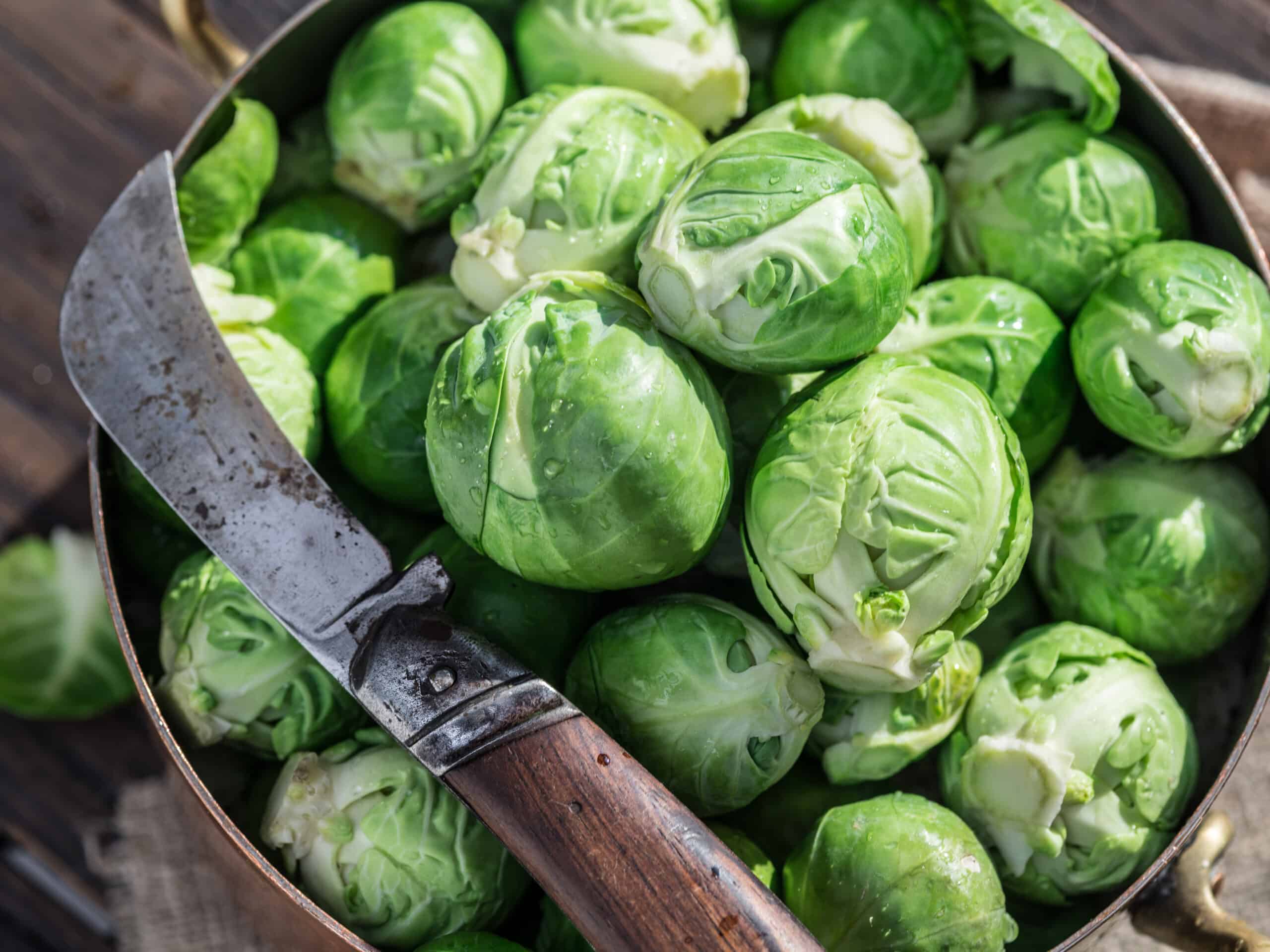
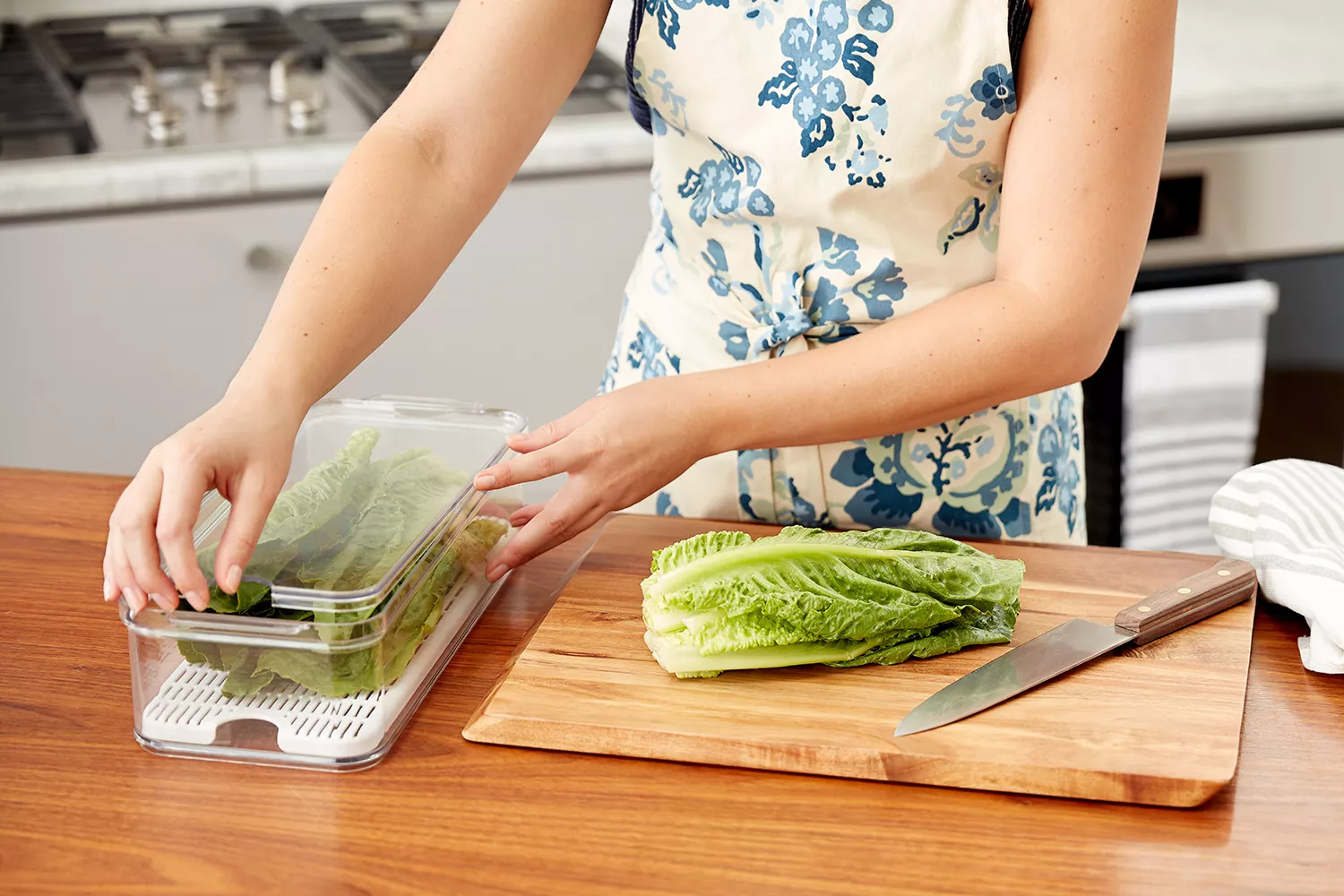
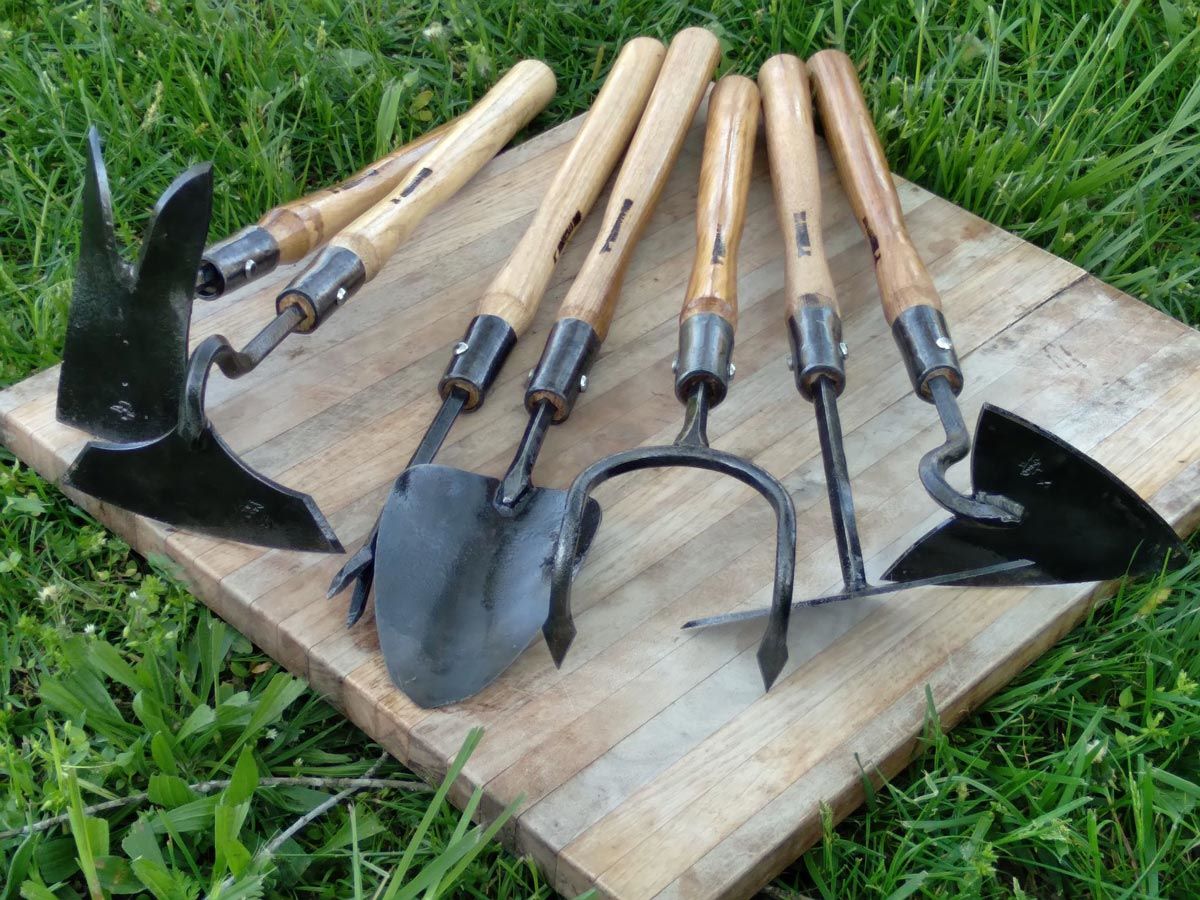
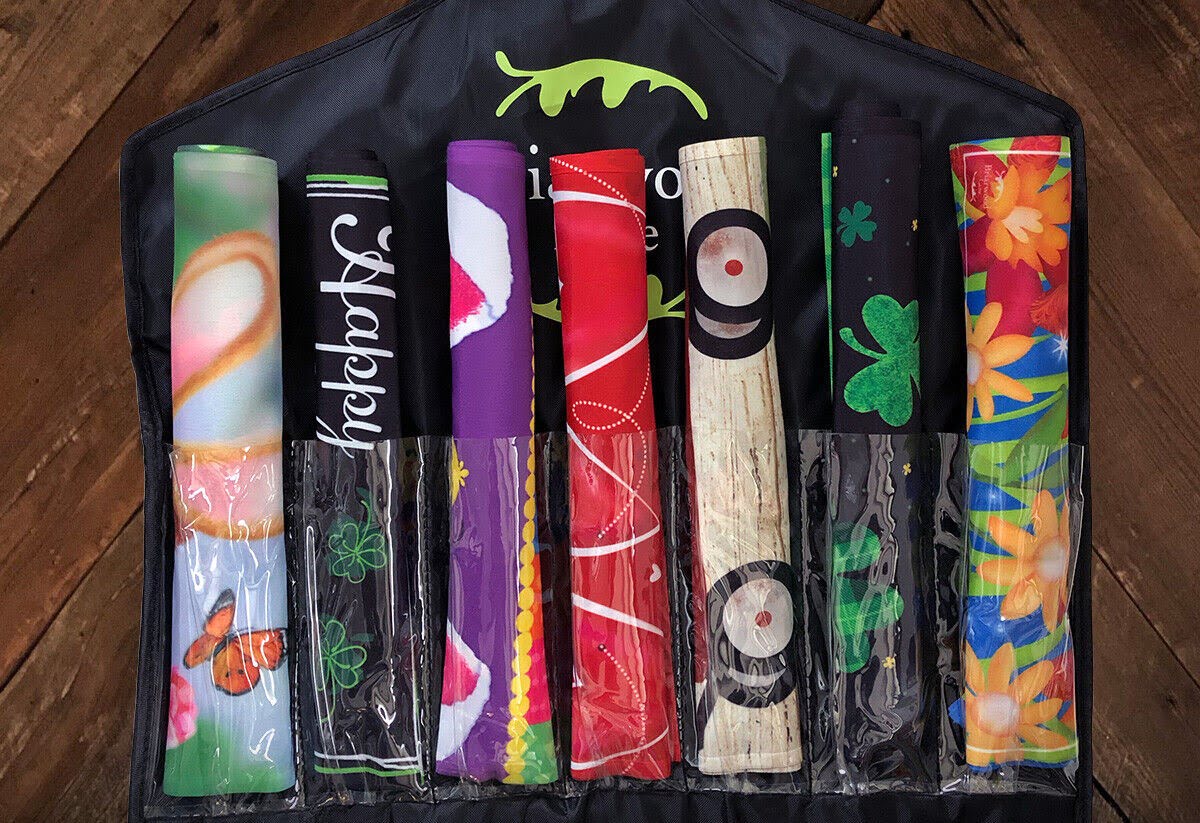
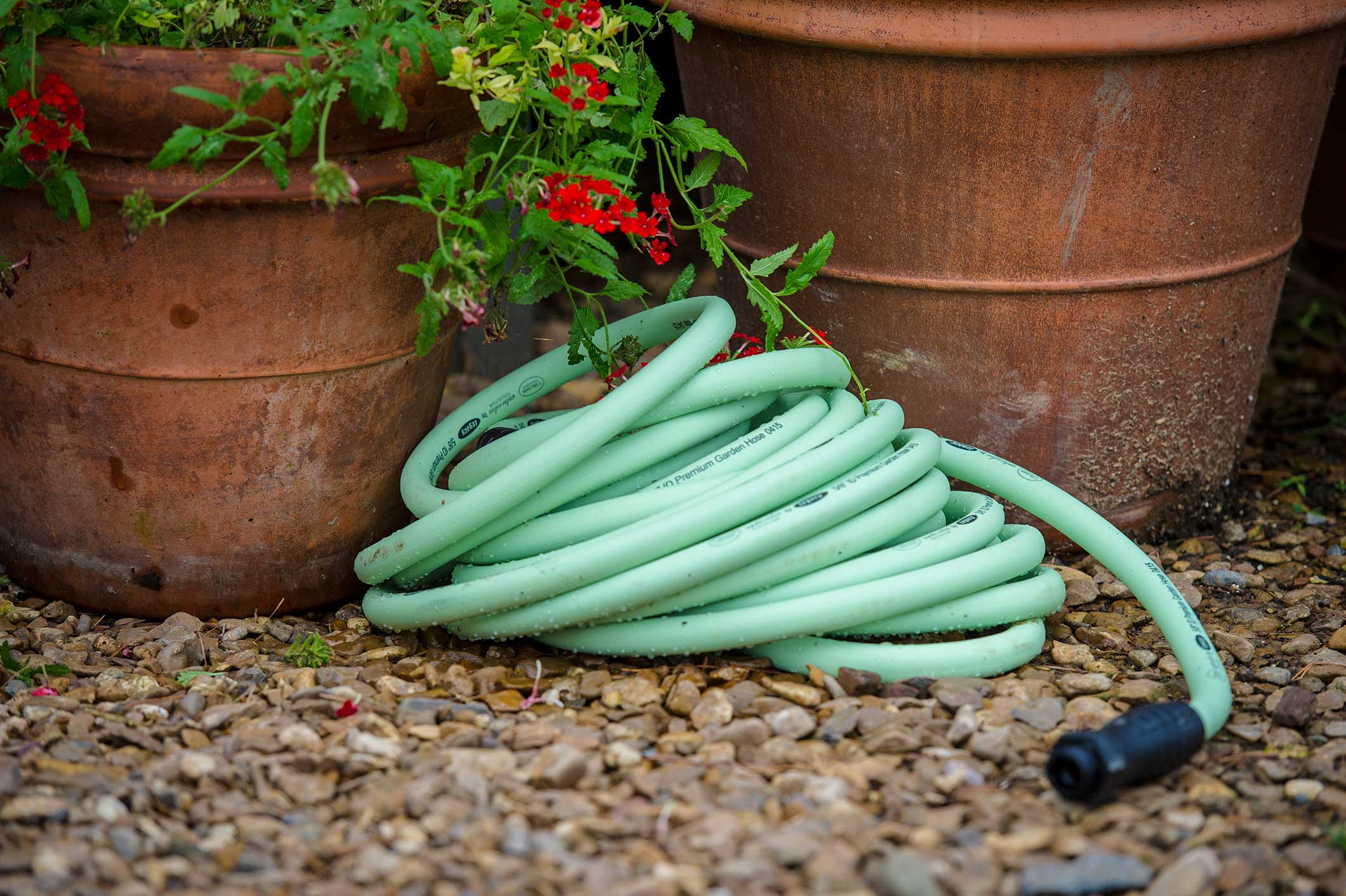
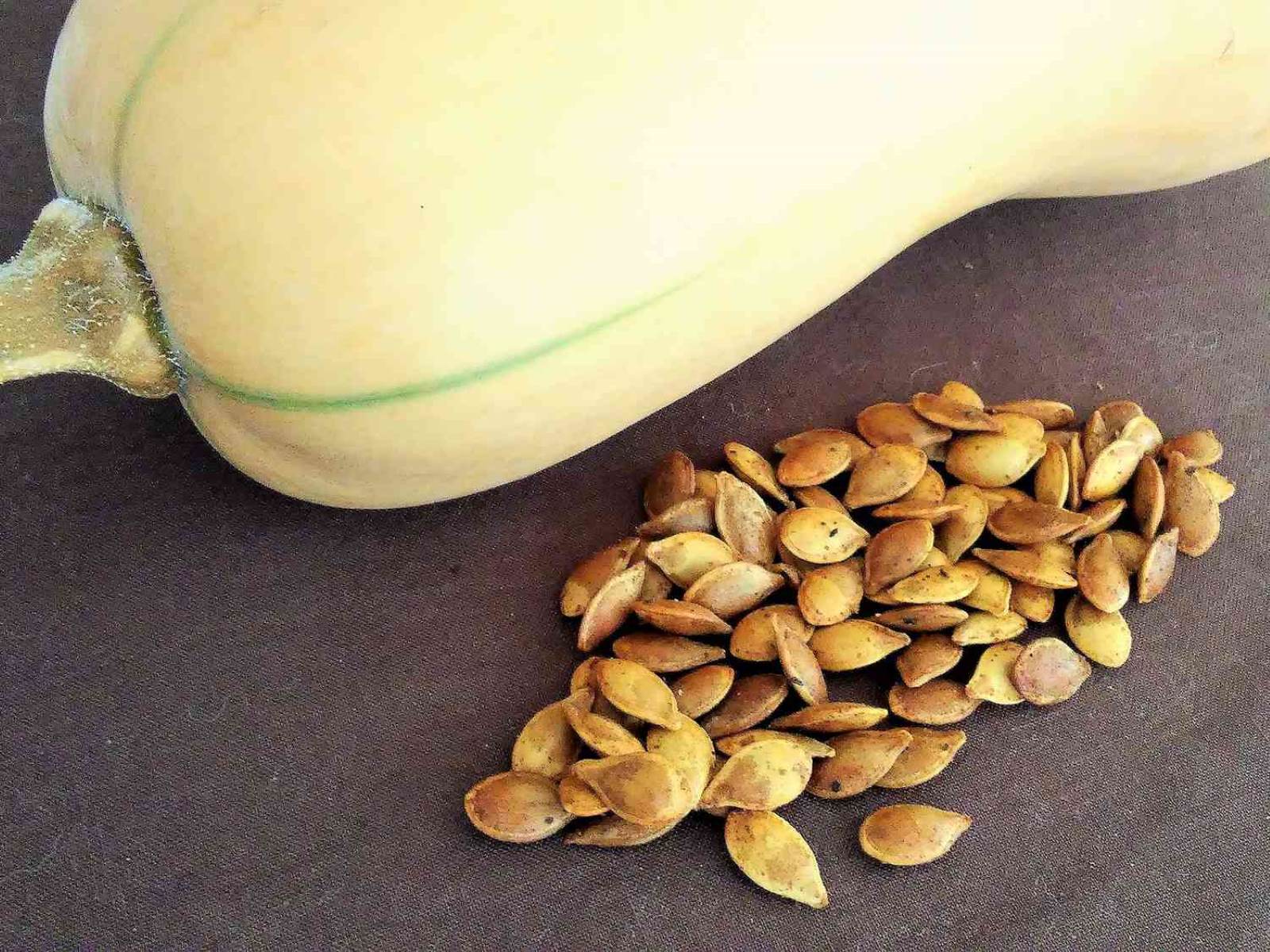
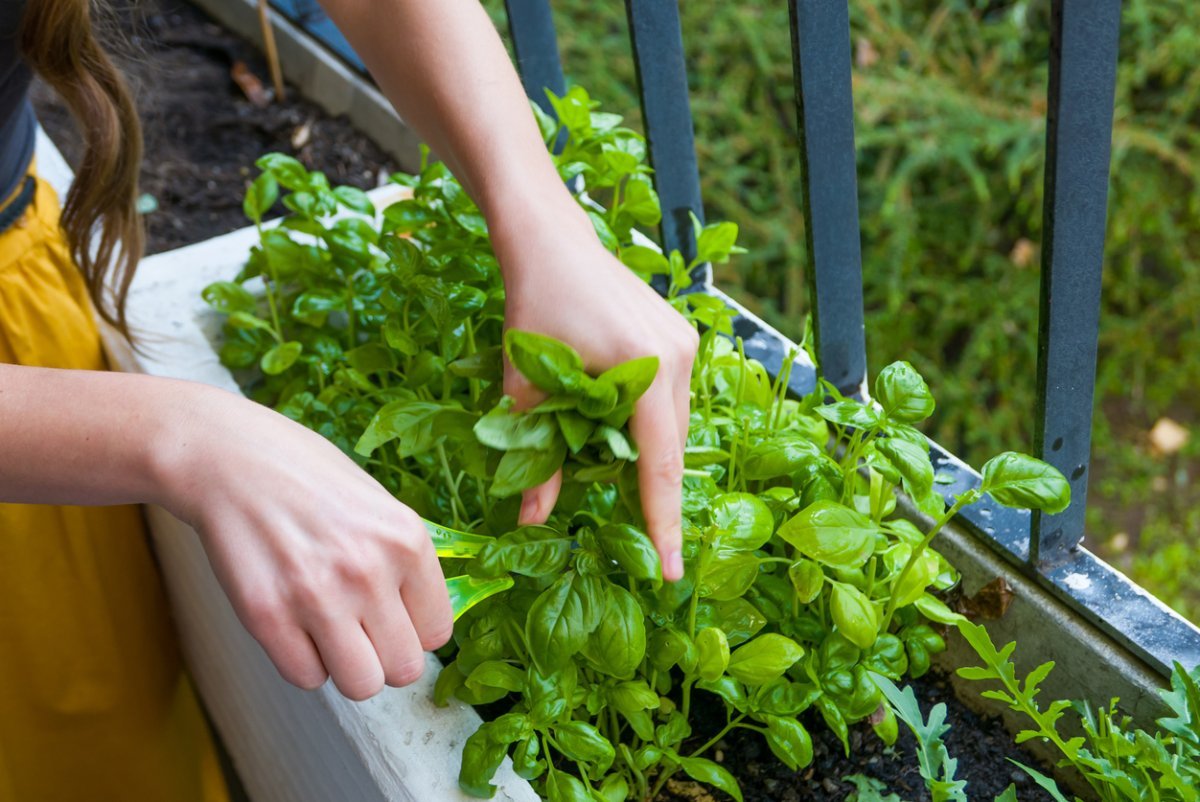
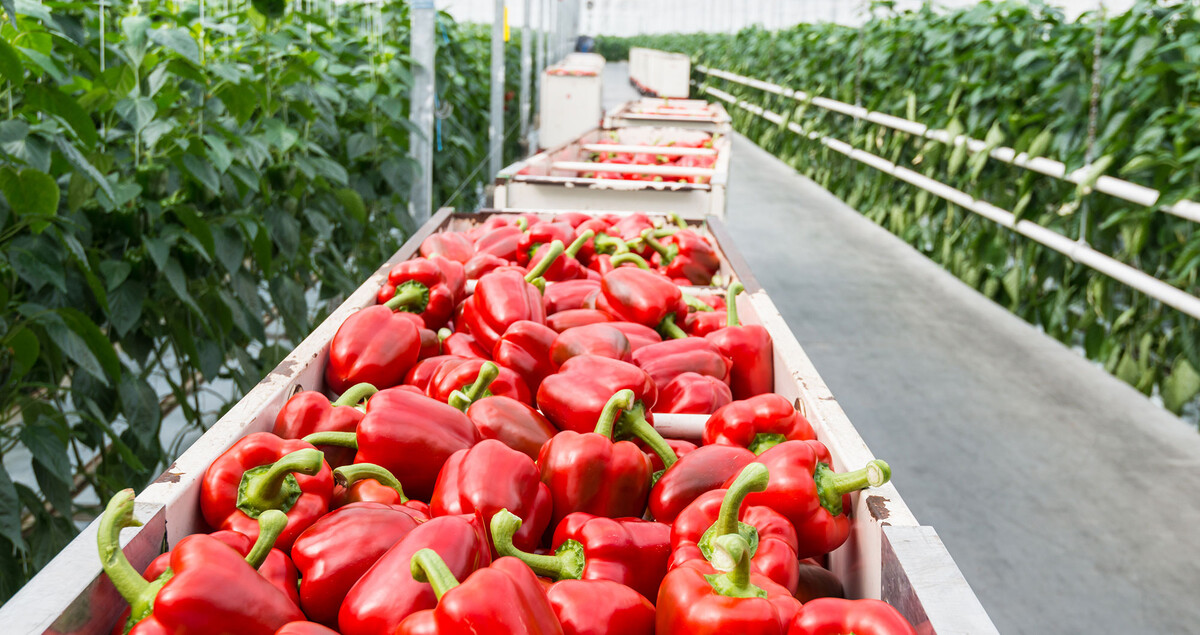
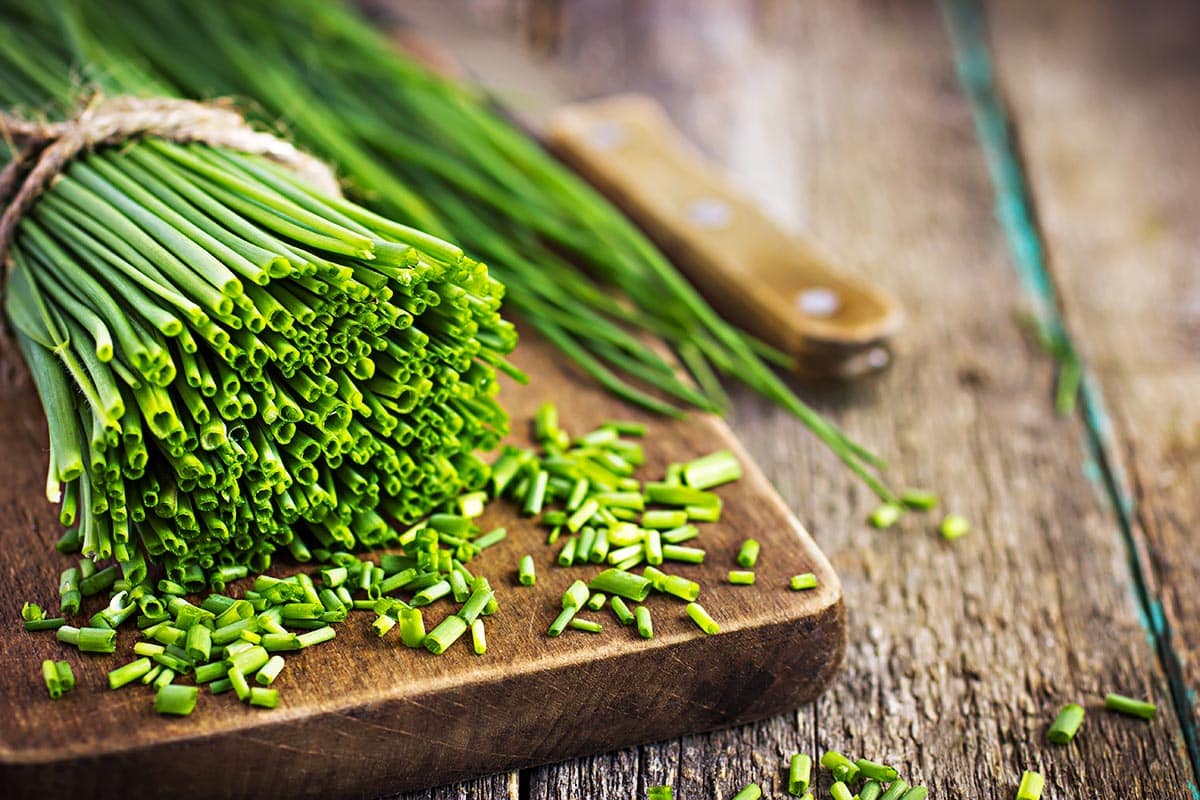
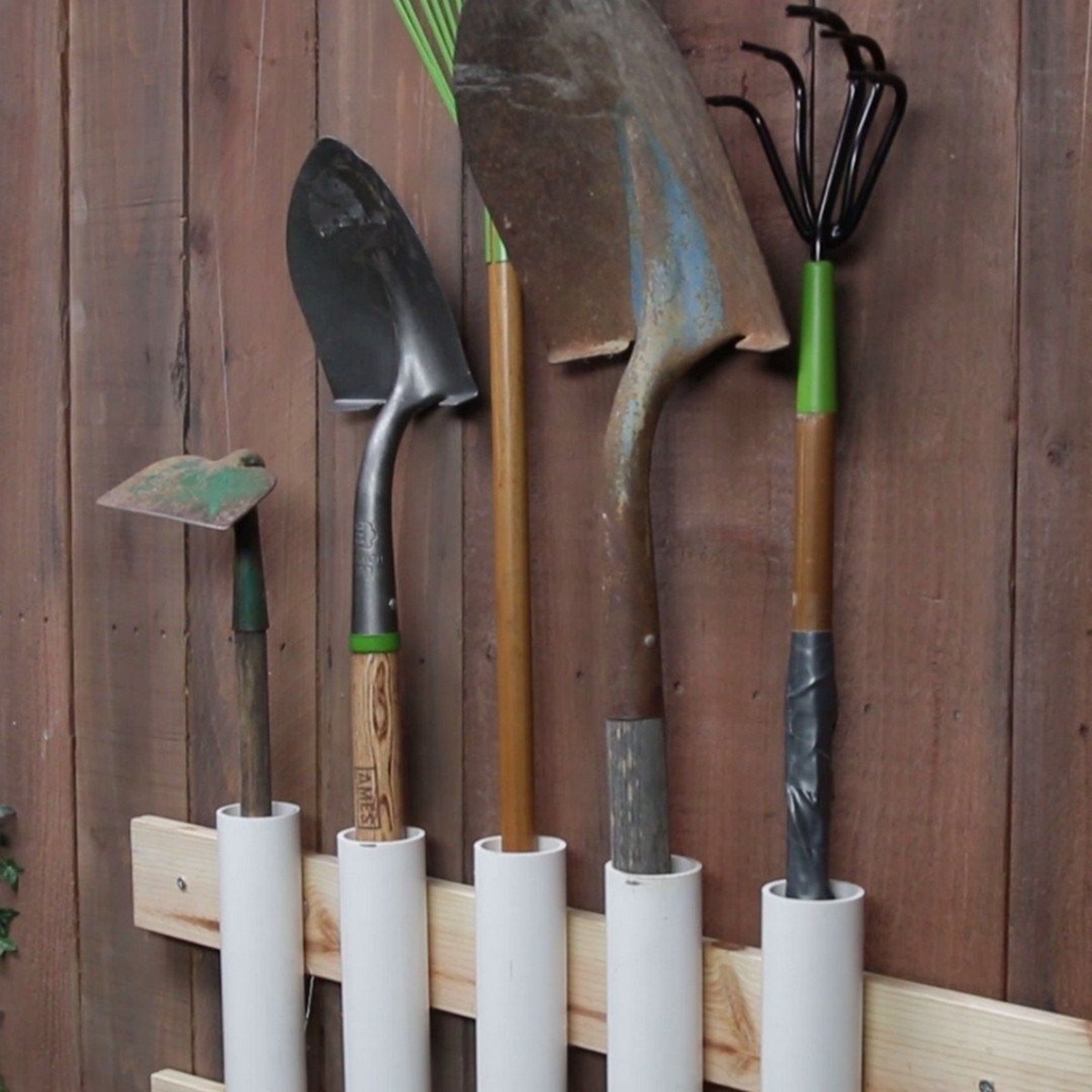
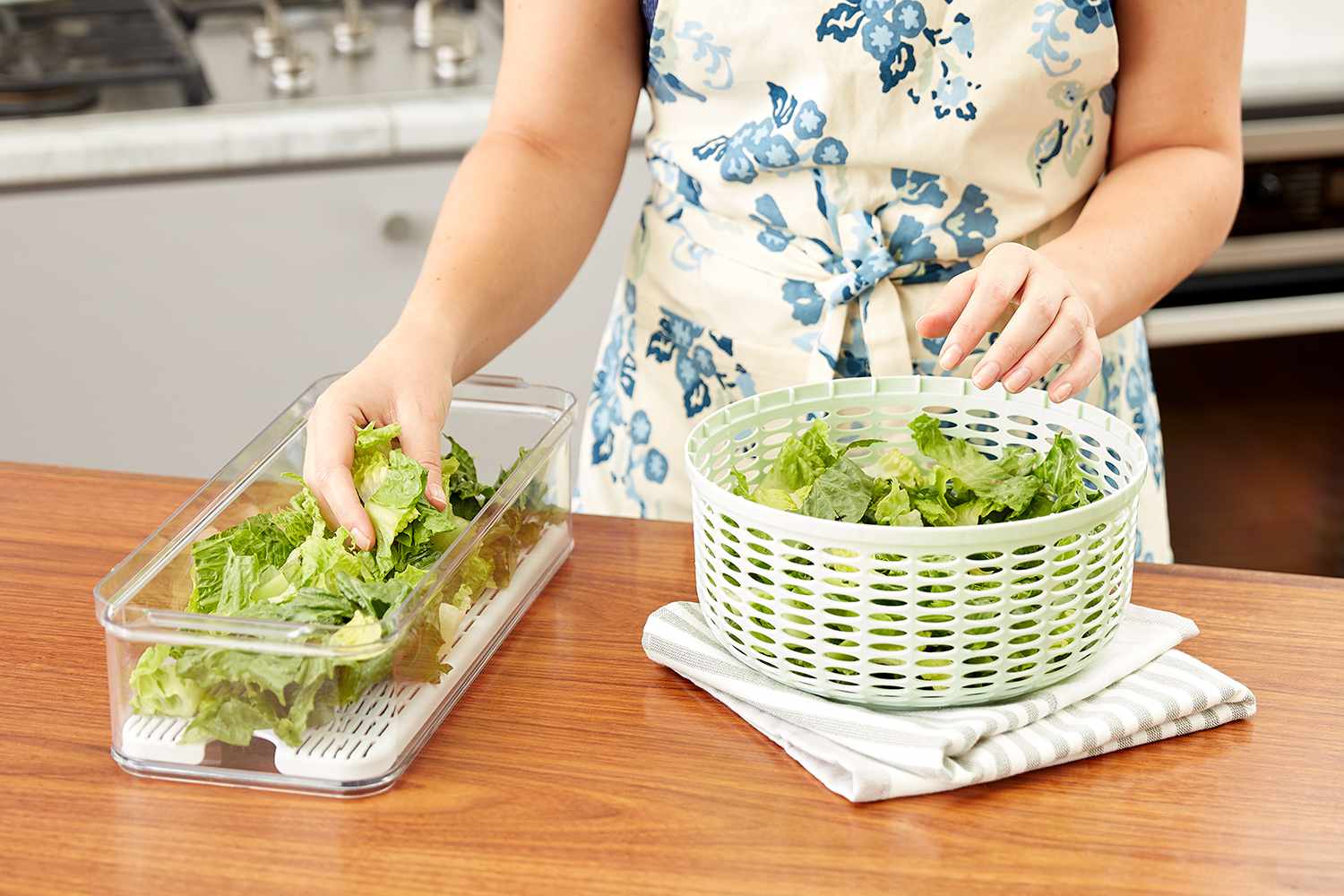
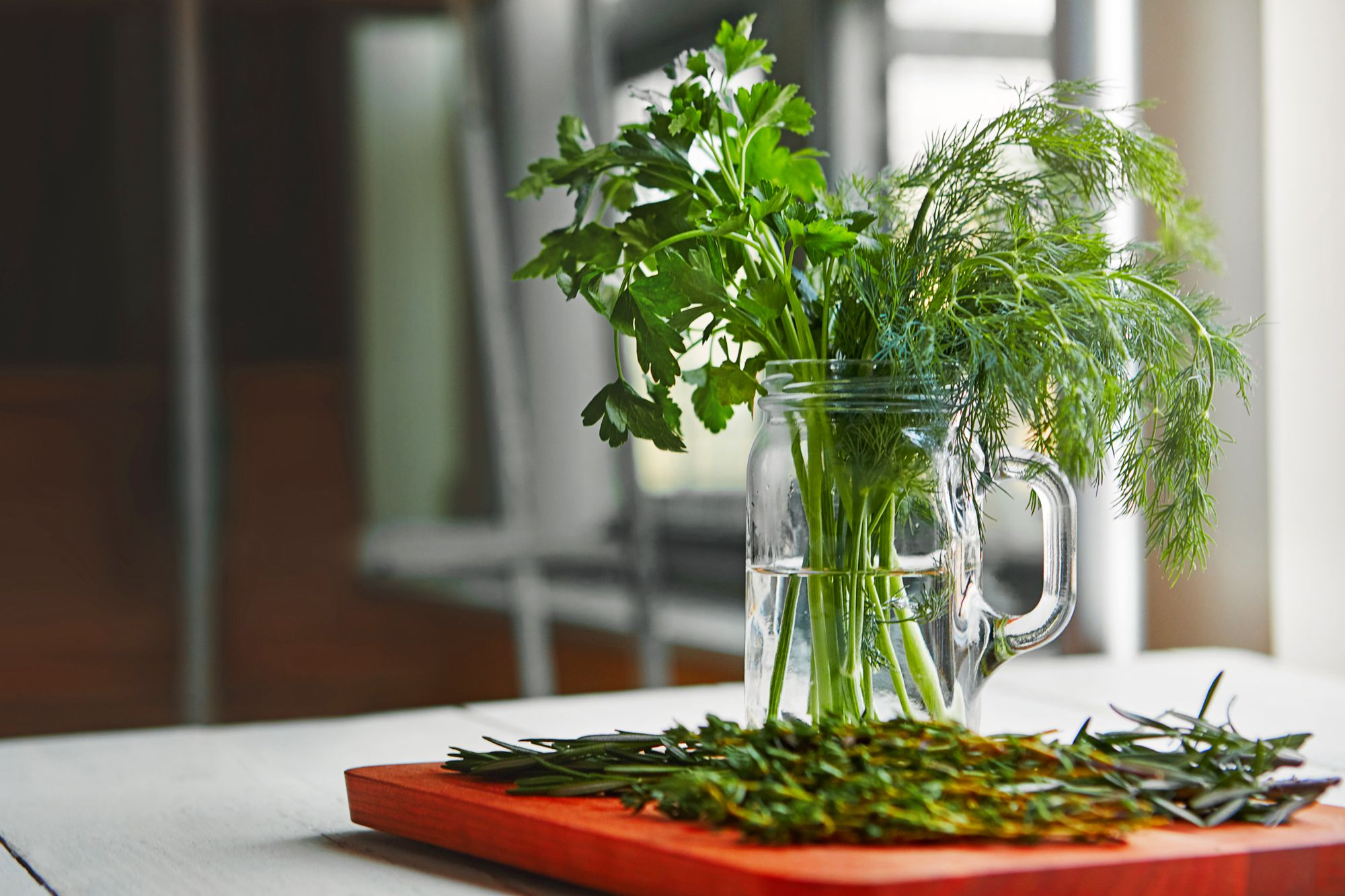

0 thoughts on “How To Store Garden Vegetables”